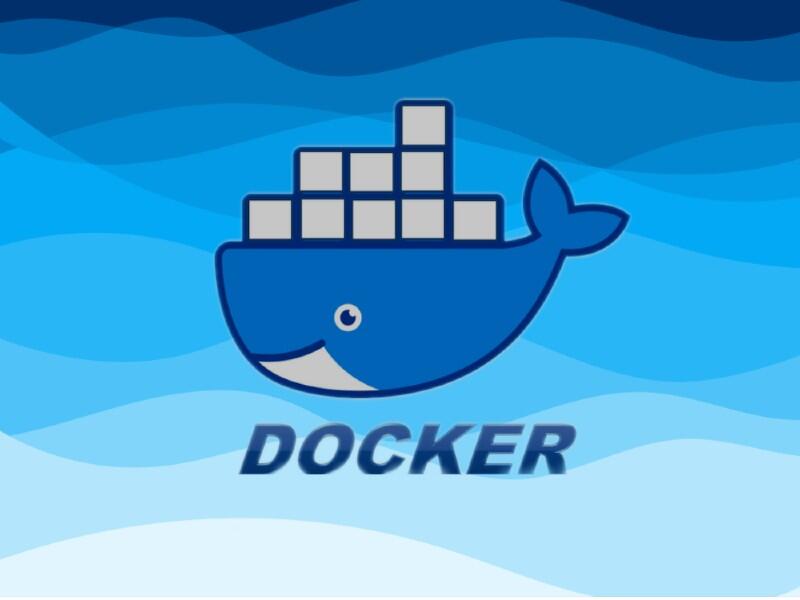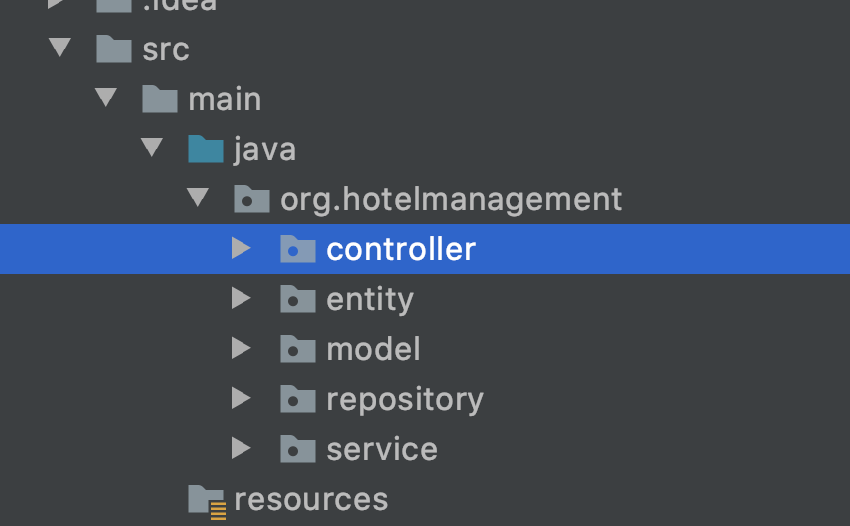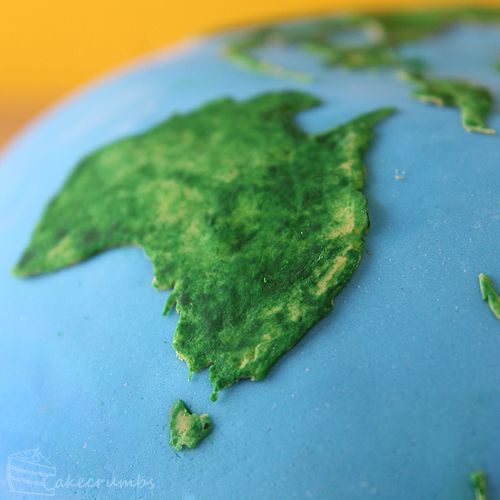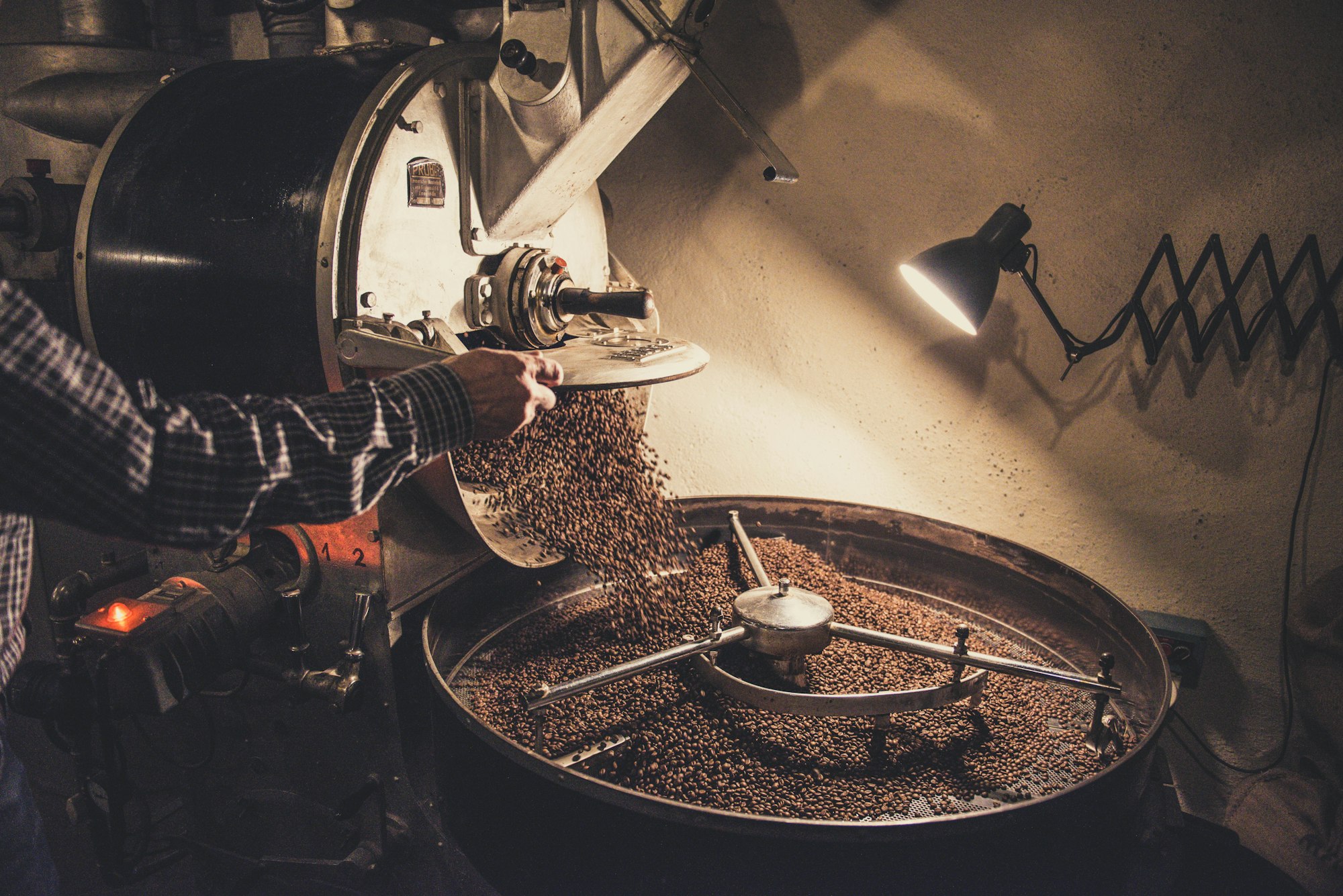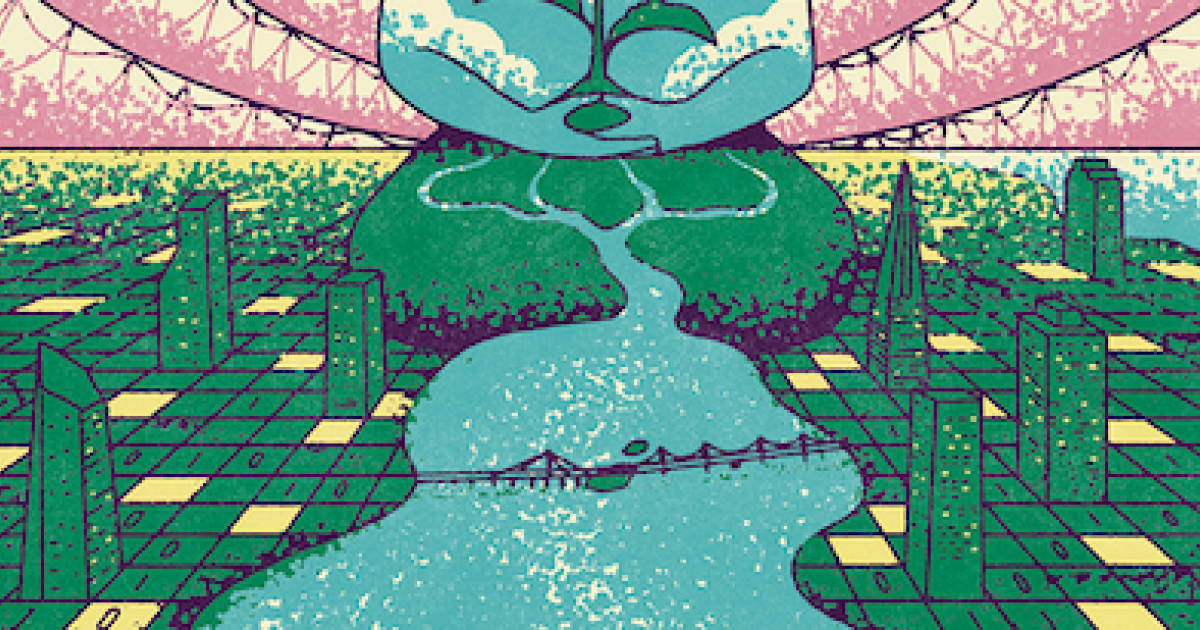Optimising Docker Layers for Better Caching with Nix - Graham Christensen
Nix users value its isolated, repeatable builds and simple sharing of development environments. Nix makes it easy to go back in time and rebuild software from years ago without issue.
At the same time, the value of the container ecosystem is huge. Tying in to the schedulers, orchestration, and monitoring is very valuable.
Nix has been able to generate Docker images for several years now, however the typical approach to layering with Nix is to generate one fat image with all of the dependencies. This fat image offers no sharing, is slow to build, upload, and download.
In this post I talk about how I fix this problem and use Nix to automatically create multi-layered Docker images, allowing a high amount of caching between images.
Docker’s use of layering is well known, and its benefits are undeniable: sharing a “base” system is a simple abstraction which allows extending a well known image with your own code.
A Docker image is a sequence of layers, where each member is a filesystem diff, adding and removing files from its parent member:

